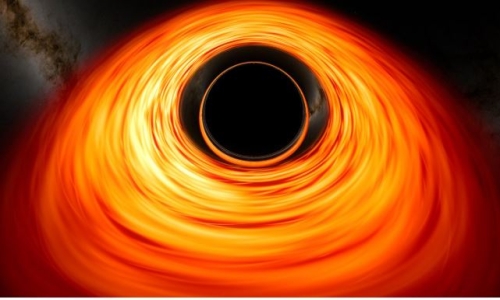


 11:17:6
11:17:6  2025-06-15
2025-06-15  1030
1030

What is a tardigrade?
Tardigrades are microscopic eight-legged animals that look like miniature bears. Scientists have discovered roughly 1,300 species of tardigrades worldwide. These creatures are considered aquatic because they need a thin layer of water around their bodies to prevent dehydration.
Despite their need for water, they live in all kinds places, from the deep sea and hot springs to terrestrial environments like sand dunes. Terrestrial tardigrades prefer freshwater mosses and lichen habitats, hence their nickname, moss piglet.
Tardigrades may look squishy, but they have a tough outer layer. This cuticle is like the exoskeletons of insect species including grasshoppers and praying mantises.
Like those insects, tardigrades have to shed their cuticles in order to grow. They have four to six claws on each foot, which help them cling to plant matter. A specialized mouthpart, called a bucco pharyngeal apparatus, allows them to suck nutrients from plants and microorganisms.
Tardigrades have a segmented body and move by shuffling their stubby legs in a “lumbering gait,” similar to stick insects. The claws on their back legs face the opposite direction, possibly to grasp plants or maneuver around.
How are tardigrades so resilient?
Tardigrades belong to an elite category of animals known as extremophiles. These members of the animal kingdom can survive extreme environments that most others can’t. For instance, tardigrades can go up to 30 years without food or a water supply.
They can live in very cold temperatures, even at absolute zero, and can survive above boiling temperatures. They can handle pressure six times greater than the ocean’s deepest trenches and exist in the vacuum of space.
Their long-term resiliency is in part due to a unique protein in their bodies called Dsup, short for “damage suppressor.” This protein protects their DNA from harmful ionizing radiation, which is present in soil, water, and vegetation.
Another amazing survival trick is cryptobiosis, a state of inactivity triggered by a dry environment. Tardigrades push all the water content out of their body, pull in their head and limbs, and roll up into a small ball. Then, they go into a deep sleep until conditions improve. When that happens, they unfurl themselves and go about their business.
Tardigrades’ indestructibility may help scientists discover many applications, from improving food security related to climate change to pharmaceuticals.
Reality Of Islam |
|

A research

Researchers

If you'
 9:3:43
9:3:43
 2018-11-05
2018-11-05
10 benefits of Marriage in Islam
 7:5:22
7:5:22
 2019-04-08
2019-04-08
benefits of reciting surat yunus, hud &
 9:45:7
9:45:7
 2018-12-24
2018-12-24
advantages & disadvantages of divorce
 11:35:12
11:35:12
 2018-06-10
2018-06-10
 6:0:51
6:0:51
 2018-10-16
2018-10-16
 6:14:17
6:14:17
 2018-06-21
2018-06-21
 6:0:8
6:0:8
 2023-03-19
2023-03-19
 2:33:4
2:33:4
 2023-02-15
2023-02-15
 8:25:12
8:25:12
 2022-03-09
2022-03-09
the happy life of mankind requirement
 6:36:36
6:36:36
 2022-01-25
2022-01-25
 1:16:44
1:16:44
 2018-05-14
2018-05-14
 1:34:8
1:34:8
 2022-02-01
2022-02-01
 5:41:46
5:41:46
 2023-03-18
2023-03-18
| LATEST |